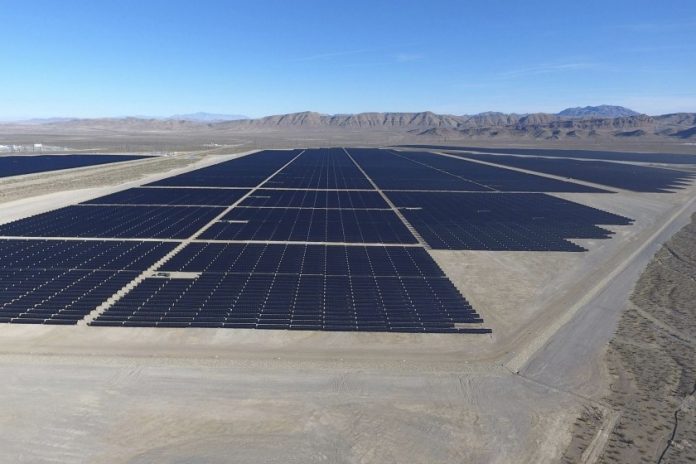Researchers from Australia’s University of Tasmania and the Australian National University have developed an interdigitated back-contact solar (IBC) cell with an efficiency of 25.0% and fill factor of 81.0%.
They presented their findings in “Excellent ONO passivation on phosphorus and boron diffusion demonstrating a 25% efficient IBC solar cell,” recently published in Progress in Photovoltaics. The cell is an evolution of a device with a 24.4% efficiency that they developed in previous studies.
The academics claim to have achieved the 0.6% increase in efficiency through an improvement of the manufacturing process, with a particular focus on three key factors. They implemented an oxide-nitride-oxide (ONO) passivation stack, optimized the diffusion and contact area fraction, and improved texturing with monoTEX surfactant. The latter process involves a moderating and wetting agent for alkaline texturing, which is known to simplify the texturing of wafers, widen the texturing process window, and increase texturing bath lifetime.
The wafers with symmetric ONO stacks were corona charged on both the front and rear surfaces with a conventional setup. Corona discharge is a technique routinely used to deposit positive or negative charge on the surface of materials. It is commonly adopted in research to characterize the electrical properties of silicon-dielectric interface.
“The ONO stack on phosphorus diffused wafers was subjected to corona charging at 5.5 kV for 120 s, whereas boron diffused wafers were negatively charged at?6 kV for 100 s,” the academics explained. “Notably, the surface passivation is further improved after corona charging.”
The researchers performed the post-oxidation annealing (POA) of the thermal silicon oxide layer immediately after the initial thermal oxidation, in order to analyze the effect of the surface-doping concentration on the effectiveness of the overall ONO passivation quality. They explained that this operation was conducted in an inert gas ambient, which allows the redistribution of dopants, potentially eliminating the abrupt pile-up and depletion at the silicon-silicon oxide (Si/SiO2) interface.
“In summary, the key impact of the observations in this section is that it nullifies the preconception for the need of a POA in inert ambient to achieve good quality passivation for diffused surfaces,” the group said.
The scientists also analyzed the impact of plasma-enhanced chemical vapor deposition (PECVD) for silicon nitride film on the passivation quality of both phosphorus and boron-diffused surfaces. This analysis confirmed that additional corona charging is highly beneficial to the surface passivation of both diffused wafers. The Australian team also observed the impact of the thermal silicon oxide thickness on both the optical properties and the surface passivation of various surfaces of the cell.
In addition, the academics used boron-rich layer (BRL) gettering to improve the final bulk lifetime within the IBC cell. This step was implemented before ONO passivation growth.
“The average bulk lifetime across six completed cell wafers before metallisation was approximately 46 ms,” they explained. “Such high bulk life-times were not observed in previous cell fabrication batches.”
The cell performance was measured at Australia’s Scientific and Industrial Research Organization (CSIR). Testing has already shown that the device has an open-circuit voltage of 716 millivolt and a short-circuit current density of 43.0 milliampere per cm?2.
IBC solar cell with 25.0% efficiency
Australian researchers have revealed a new cell that builds on an earlier device with 24.4% efficiency. They achieved this 0.6% increase in efficiency by implementing an oxide-nitride-oxide passivation stack, optimizing the diffusion and contact area fraction, and improving texturing with monoTEX surfactant.
Source:PV magazine






